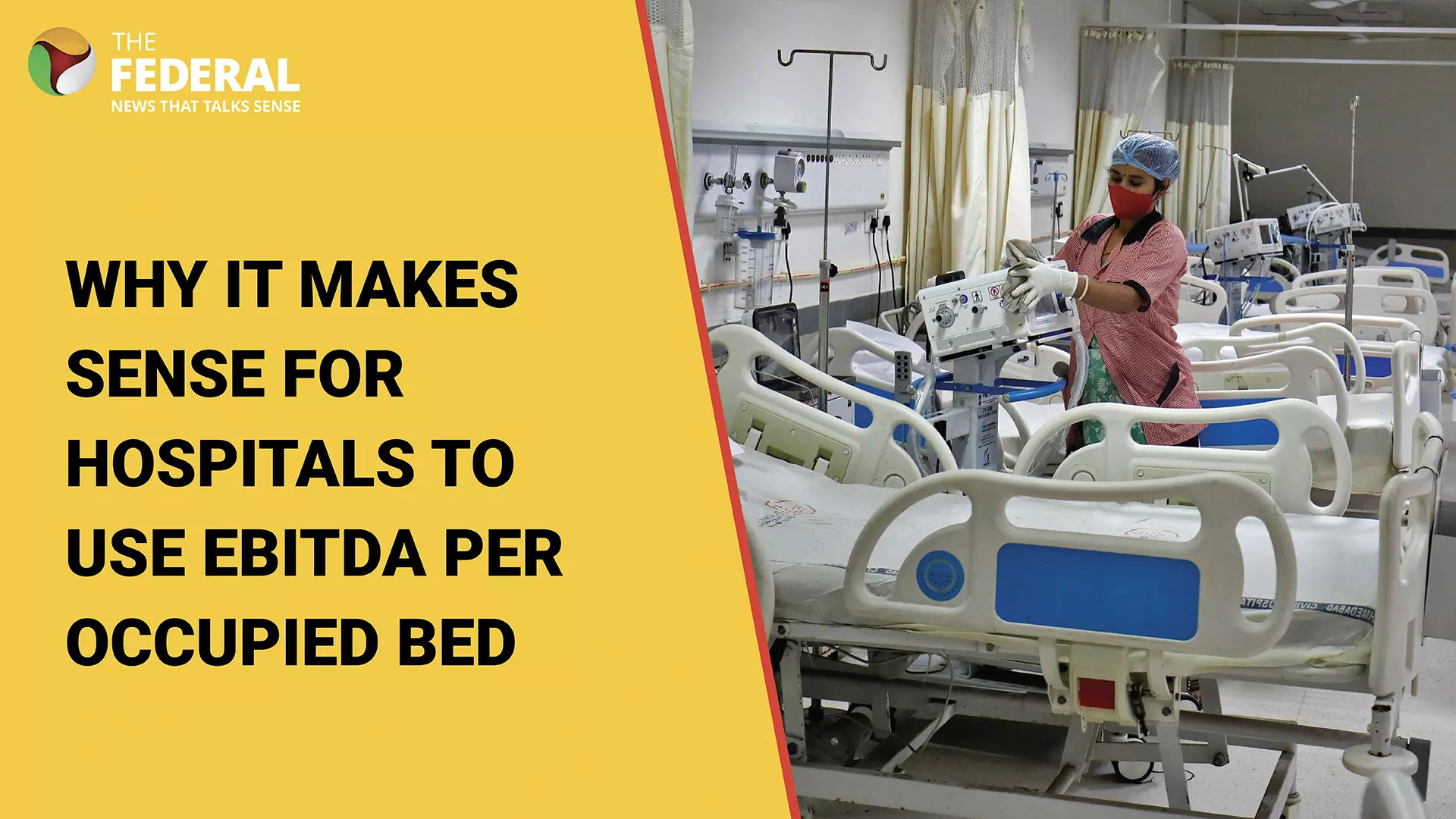
Why it makes sense for hospitals to use EBITDA per Occupied Bed
It takes into account additional costs and revenue from increased bed counts, offering clearer perspective on future numbers, says Kotak report

In the rapidly evolving landscape of healthcare investment, a research report by Kotak Institutional Equities suggests a shift from traditional EBITDA growth metrics to a more nuanced indicator — EBITDA per Occupied Bed — for assessing core profitability. This particularly works when a hospital's expansion plans for the next five years is known.
This measure takes into account the additional costs and revenue from increased bed counts, thereby offering a clearer perspective on operational efficiency and profitability trajectory.
The research report anticipates that Rainbow Hospital will report the lowest EBITDA/Occupied Bed CAGR at approximately 3 per cent, whereas most other hospitals within its portfolio will likely show a robust 8-10 per cent growth in the same metric between FY 2023 and FY 2028E (estimated).
The analysis also encompasses rating revisions effective by September 2025E. Specifically, KIMS and Aster DM have been downgraded from "BUY" to "REDUCE" and "ADD," respectively. These changes are prompted by a run-up in their stock prices, raising concerns that market valuations might have outpaced fundamental value, as suggested by the EBITDA/Occupied Bed evaluations.
Next Story

